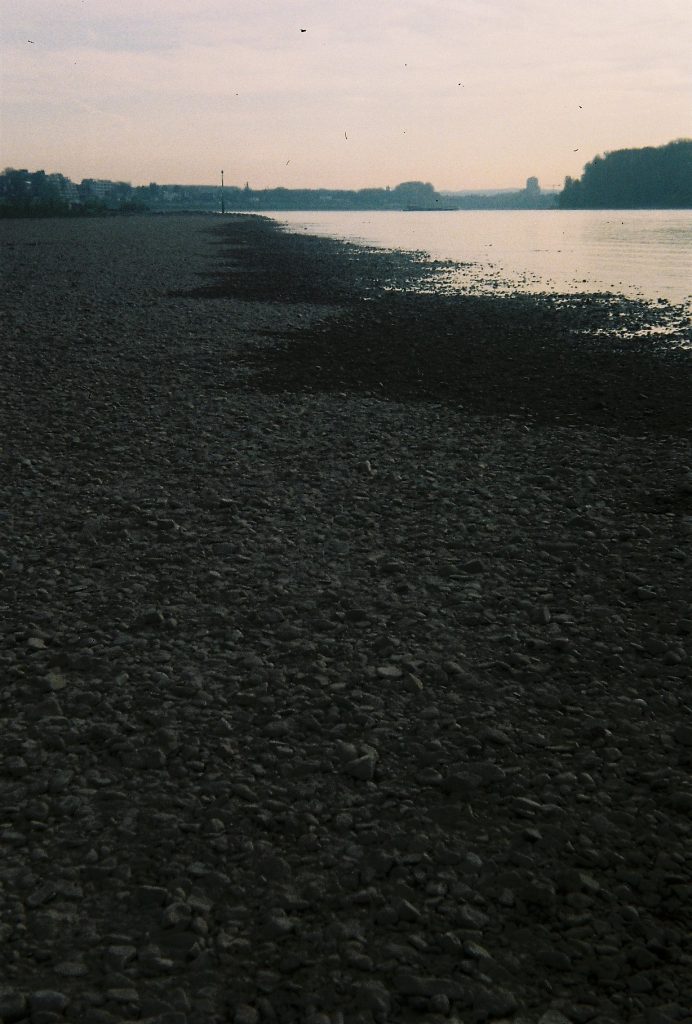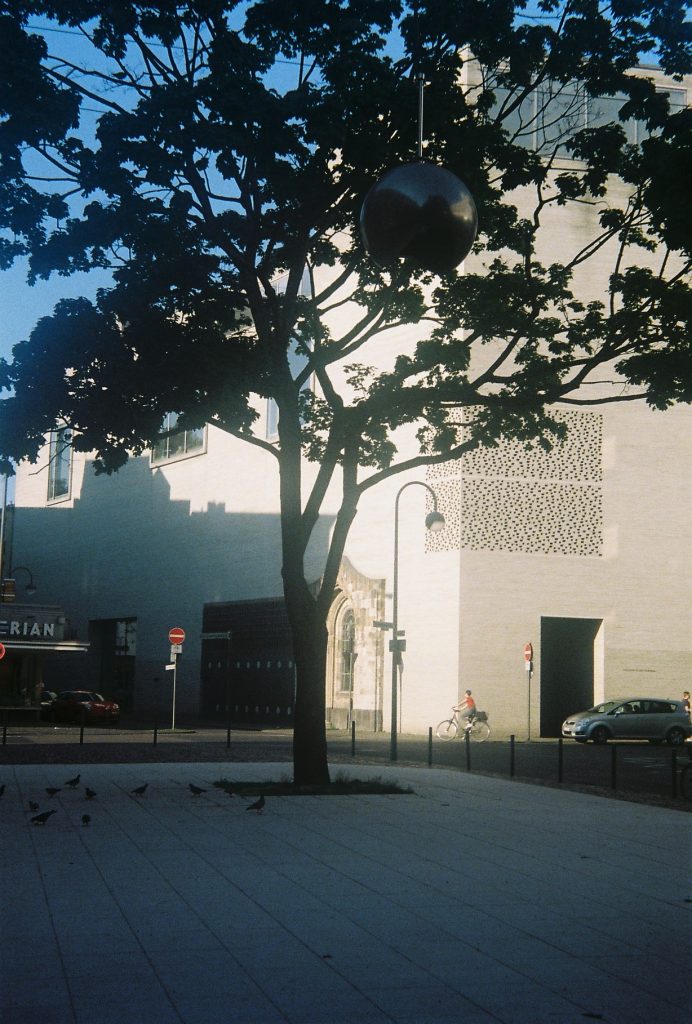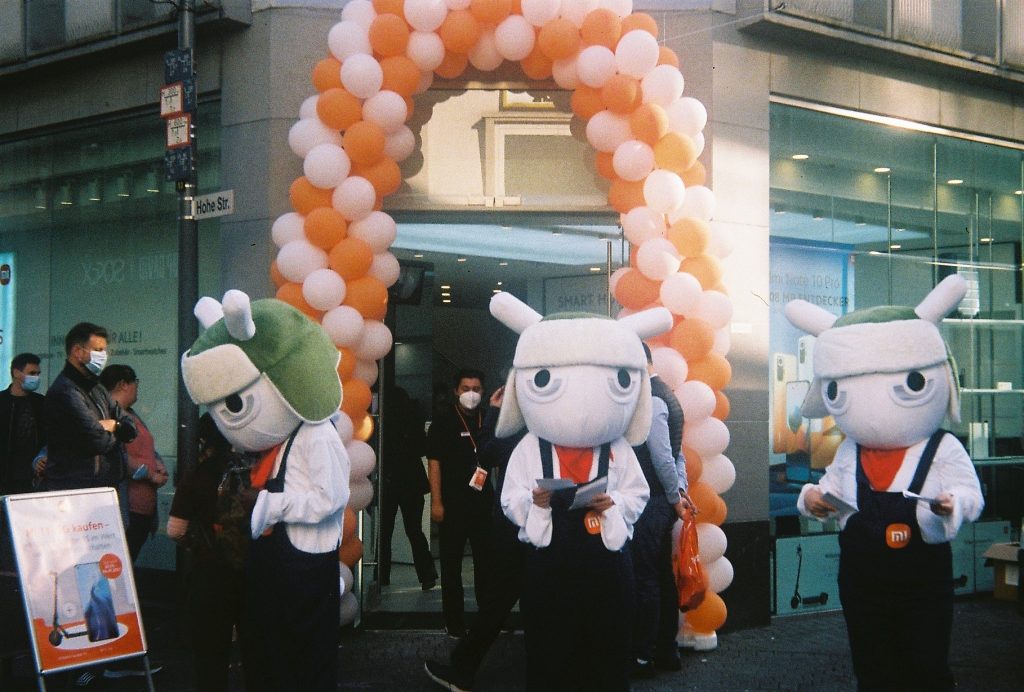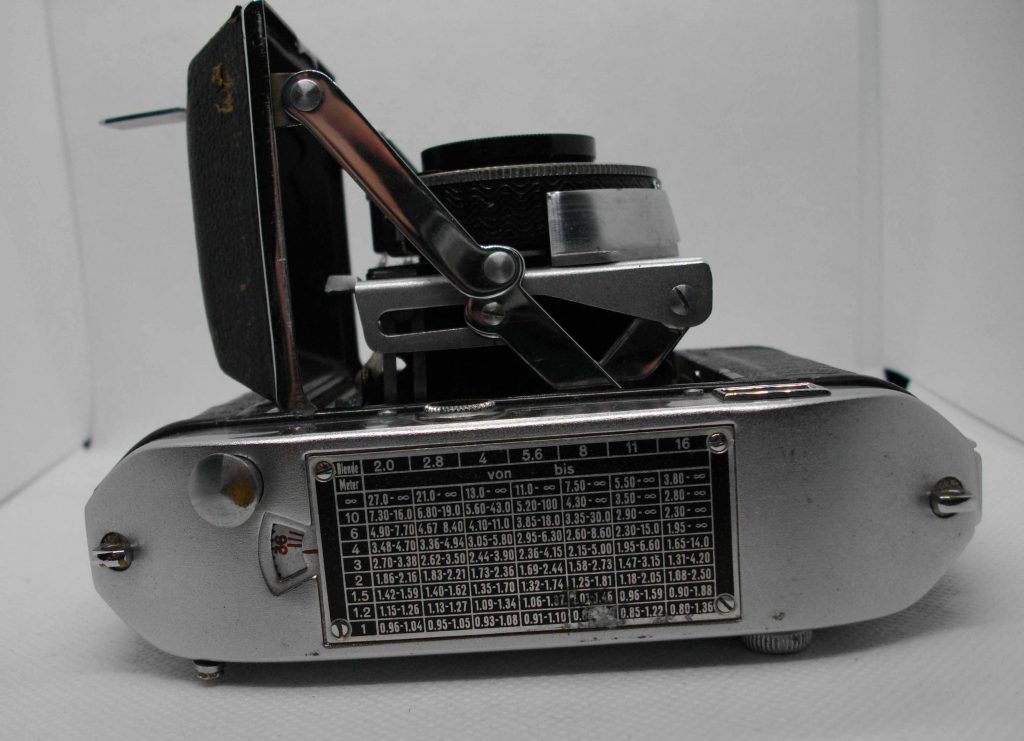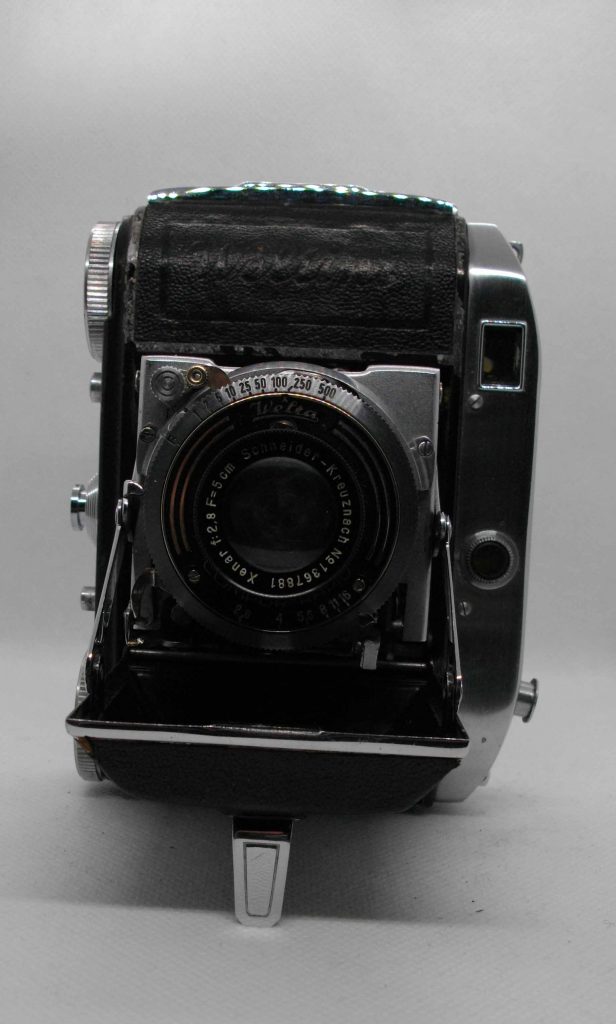
This lovely folder was made in Freital in Saxony before the Second World War. Still fully functional, and a bit quirky. This copy comes with a Schneider-Kreuznach Xenar f/2.8 lens and speeds up to 1/500 sec.
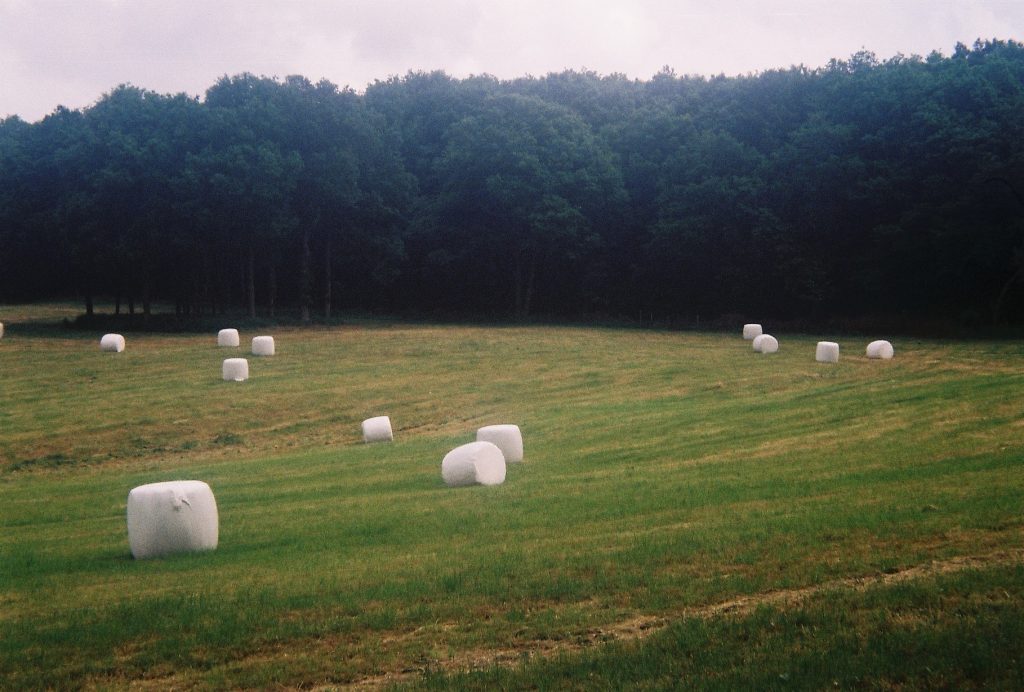
Unusual ergonomics as the camera is in a way upside down. But it does fit nicely into your hand, and the movements become second nature very quickly. The mechanics resemble a fine watch.
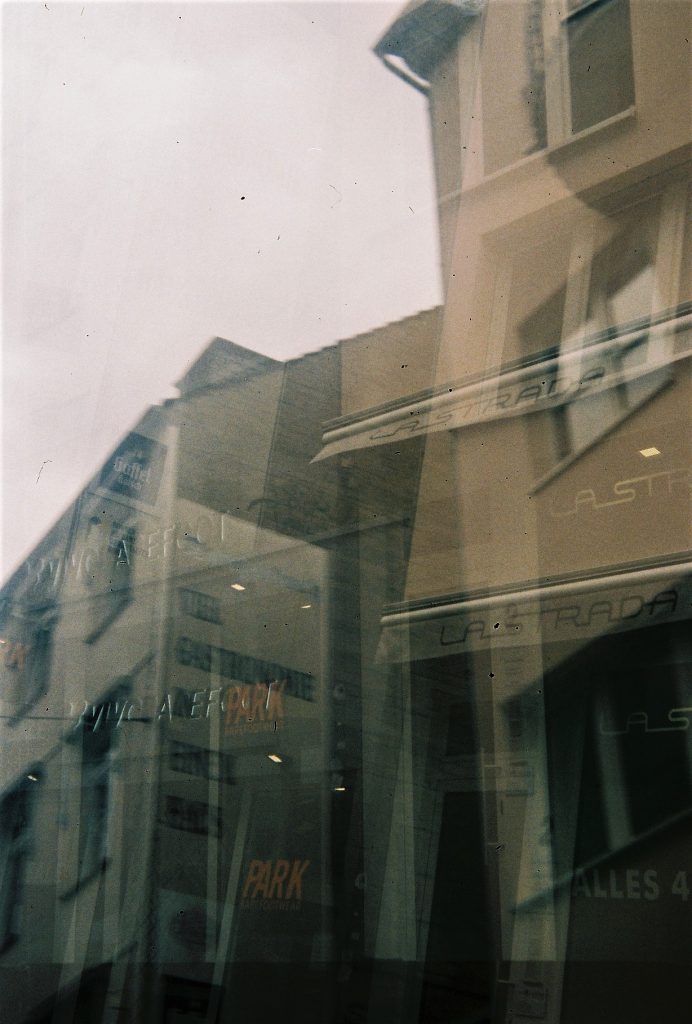
I started searching for a Welta Weltini after reading Murray Leff’s book on his wartime experiences. Lens of an Infantryman – McFarland (mcfarlandbooks.com) An American GI, he participated in the campaign in Western Europe and documented parts of it on a German camera: the Welta. Officially it was forbidden for soldiers to carry cameras. Why? If a soldier was captured and the camera would fall into enemy hands, it might make identifying units easier and give the enemy clues about troop locations. But Leff cleverly placated his superior officers by taking pictures of them and giving them a print as a present. How did he find a darkroom in a battle zone? He waited for nightfall and poured developer into his helmet.
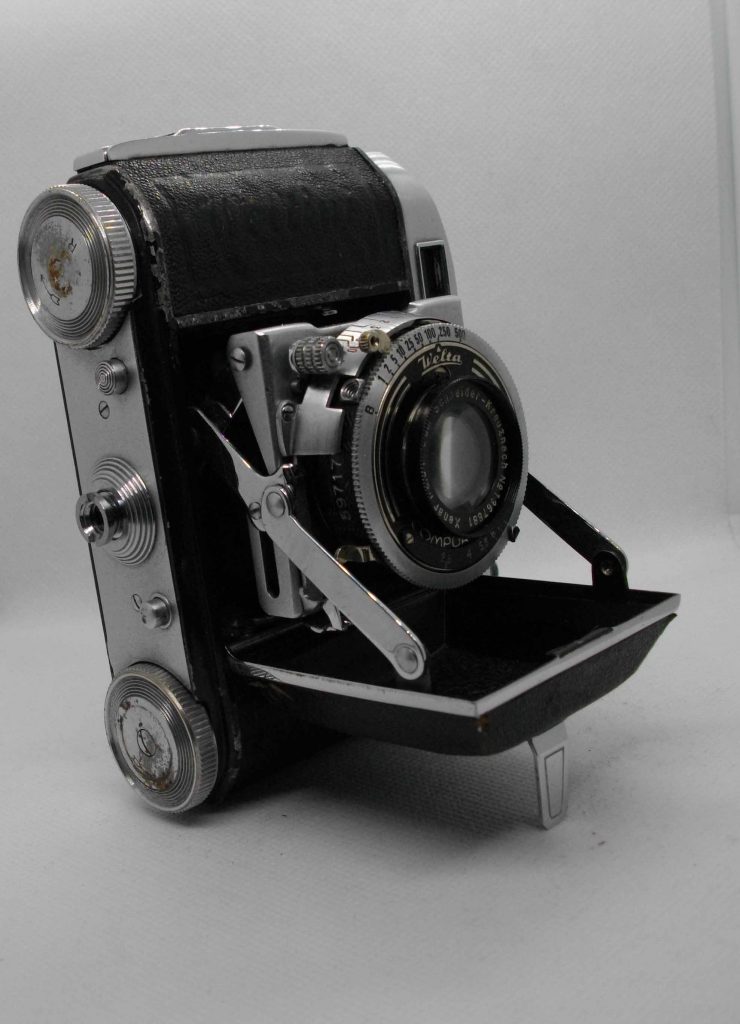
Leff does not reveal if he used a Weltini or a different model but I like to think he came across a decent copy of the Weltini and made his wartime photos with it. A quality Rangefinder camera, made in Saxony, between 1938 and 1941. You have to get used to the operation as it is a bit counterintuitive. But it sits really well in your hand and is a fun machine.
